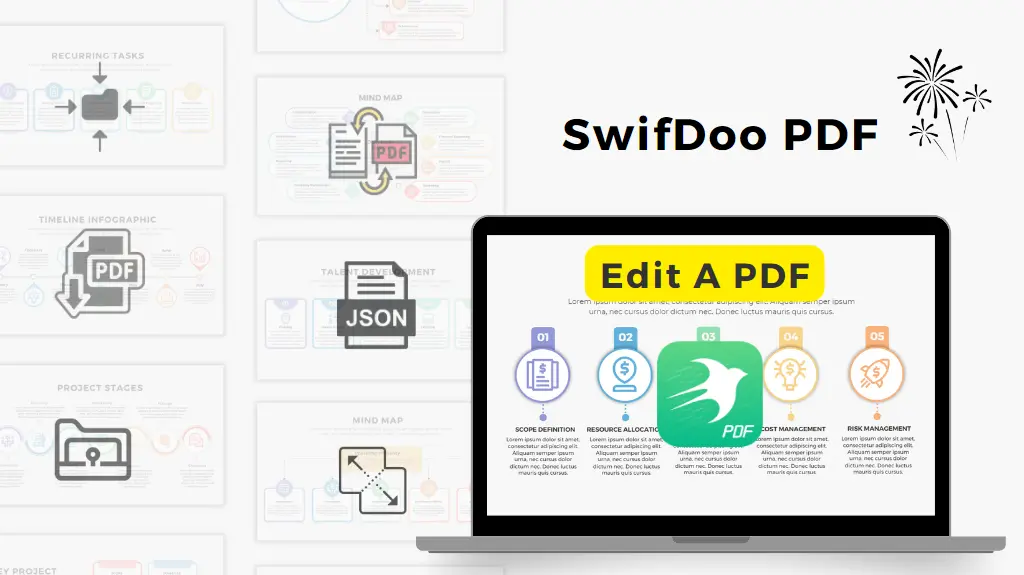5 Best Infrastructure for Streaming Videos
The video streaming market has changed over the years. A lot of credit goes to Pandemics. There are a number of video streaming services in the fray. Video is used in movies, business meetings, training, and live news. Top online video platforms are naturally used by content-rich markets to expand their audience.
Corporate businesses, owners of entertainment businesses, experts in e-learning, fitness enthusiasts, and others are maintaining revenue in hard times thanks to these video streaming platforms. This manual will explain how workforce management and productivity have changed as a result of the implementation of video streaming infrastructure.
These streaming platforms are used by educators to get around the limitation of hybrid learning. They are also used by content creators to earn some extra pennies. Fitness instructors can now teach anywhere thanks to the video streaming infrastructure.
Whether you are an entrepreneur, Filmmaker teacher, or trainer, you must learn about these top video streaming services to expand your company.
In This Article
Cloud-Based Infrastructure
Cloud computing is made possible by cloud infrastructure. It offers servers, storage devices, networking gears, virtualization software, Management tools, and services to support cloud computing.
There is also an abstraction layer in the cloud infrastructure that has the ability to virtualize the resources and makes them logically accessible to users through APIs and API-enabled command lines or general interfaces.
The distribution of resources is made more accessible in this way. Infrastructure management needs to be simplified for Cloud services to be more effective and scalable.
1. Cloud Computing’s Role in Infrastructure
The term “cloud infrastructure” is commonly used when discussing the various technological components that make up cloud computing a private cloud; the virtualized resources are managed and distributed by the cloud service provider or internal IT department.
Virtual machines (VMs) comprise a private cloud’s servers, memory, network switches, firewalls, and load balancers. Services like artificial intelligence and machine learning, which help businesses innovate and expand, can be supported.
2. Cloud Infrastructure Components
Cloud infrastructure includes servers, storage, and networking. Modern companies have unprecedented power and flexibility thanks to cloud computing.
The two major cloud providers are Facebook and LinkedIn. They work with vendors to build custom infrastructure components for specific workloads. These parts may prioritize power efficiency, data-intensive processing, advanced AI and machine learning, or other needs.
Cloud computing leaders use agile and innovative Infrastructure. They push the limits to help businesses of all sizes use the cloud and innovate.
Content Delivery Network (CDN)
A CDN provides website content, and a CDN is a worldwide network of computers strategically placed to serve content to the nearest location.</p><p>CDNs load images and videos from the nearest server to speed up website loading.
Besides the speed, a properly configured and secured CDN can protect websites from Cyberattacks like DDoS attacks. </p><p>CDNs don’t replace web hosting, and it reduces page load time by caching frequently accessed content and working with web hosting. It aids the web host like a personal assistant.
This is what a global network of fast messengers working together to deliver a message can do. Just imagine it.
1. In what ways are CDNs useful?
You’re looking for a shop on a busy street corner, and the shop’s website is found on your phone. Instead of sending a request to the shop’s web host server and back, a CDN comes into action and rescues you.
CDN uses your IP address to locate you, and then it finds the nearest server in its network and sends you a cached copy of the web page to the browser of your phone.
You can easily reach users worldwide with multiple CDNs in different regions. CDNs help you and your website visitors travel the digital world quickly and easily.
2. CDN Performance Enhancement
The scenario below depicts CDN benefits.
Imagine an Asian user accessing US-hosted data. The user’s location would delay data delivery by 3 seconds. Waiting that long can be frustrating in today’s instant-gratification world. Add a CDN. A cached European server lets Asian users access content in 1 second. This improves download speeds, user experience, and network line efficiency. A CDN delivers content quickly from a server near the user.
On-Premises Infrastructure
If you are a business owner deciding whether to deploy your software on-premises or in a public cloud like AWS or Google Cloud.
Software and hardware are installed on-premises. You control the setup, and sensitive data stays in your private network, giving you peace of mind. On-premises Infrastructure is your private cloud.
Why invest in an on-premises setup when you are having cloud computing in trend? There are multiple reasons why an on-premises infrastructure might be the most suitable option for your company. Opting for an on-premises setup provides you with increased control, and it ensures that the storage and security of your data are subject to regulation.
In case our company has invested largely in the hardware, then utilizing it instead of a cloud provider will make some sense. The choice between the on-premises and cloud will entirely depend on your company’s needs and goals.
Why Install On-Premises Infrastructure?
There are businesses that prioritize on-premises infrastructure over Software as a Service (SaaS) due to safety considerations and the desire for altered solutions. Choosing SaaS solutions may necessitate the risk of vendor lock-in if they don’t align with the unique requirements of a business.
In contrast, businesses that adopt an on-premises infrastructure model enjoy advantages such as enhanced data security, the ability to customize according to specific needs, and freedom from dependence on a single vendor.
Peer-to-Peer (P2P) Infrastructure
P2P networking enables the devices to establish connections and exchange resources without relying on a central server. These networks have the capability to connect users across the globe, ranging from a simple direct connection between two personal computers to a larger infrastructure within an office environment.
During the 1980s, when standalone personal computers replaced smaller mainframe systems, P2P networks emerged as a solution for workers to share files and printers without the need for a central computer. This decentralized approach to working enhanced collaboration and efficiency in modern work by allowing individuals to operate independently.
Hybrid Infrastructure
There are some organizations that can alter their hybrid systems to their own requirements. It can also provide a flexible, scalable IT infrastructure by adding on-premises data centers along with private and public clouds.
Operating systems and applications can be positioned anywhere in a hybrid infrastructure, thus increasing adaptability in a comprehensive manner.
Hybrid IT infrastructure services remove the complexities from the management and monitoring of businesses. As businesses get diversified and increase in complexity, hybrid Infrastructure becomes increasingly famous and necessary for survival.
Hybrid infrastructure advantages
Hybrid cloud architecture changes all businesses in this fast-paced business world. The benefits that must be attached to it are control, scalability, security, cost savings, and business continuity.
There are businesses that can maintain control over some critical operations and the data during the maximizing operational capacity when the computing asks for the hike by adding private and public clouds.
Hybrid cloud storage also assists companies in optimizing IT spending and minimizing operational expenses. Hybrid environments also enable the public cloud to absorb the workload surges in order to make sure business continuity even in disasters or computing failures.
Conclusion
Cloud-based Infrastructure, content delivery networks, on-premises, peer-to-peer, and hybrid Infrastructure have changed the video streaming industry. During the pandemic, these sorts of technologies assist businesses and content creators to get in contact with more people and make money out of them.
These technologies will also enable educators and fitness instructors to teach from a distant location and surpass the hybrid learning limitations. In order to grow the business, you must align with the video streaming industry trends as the world adopts the technology.


